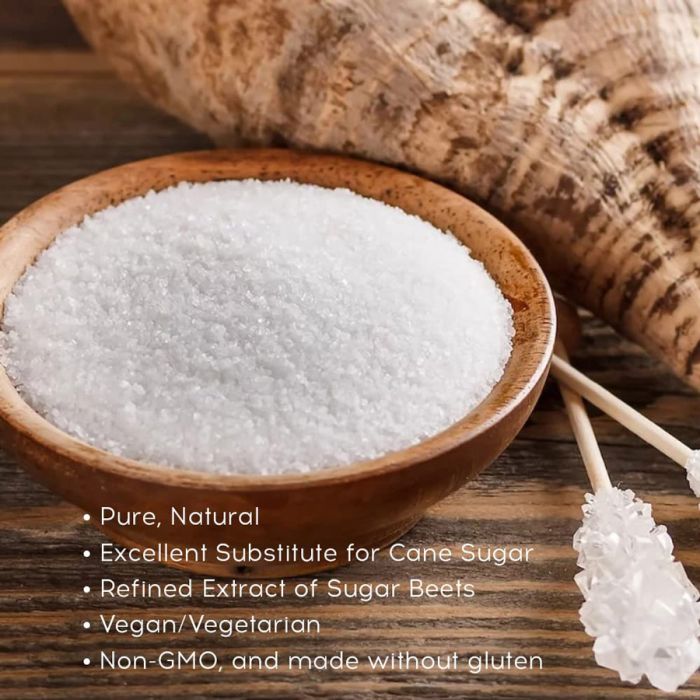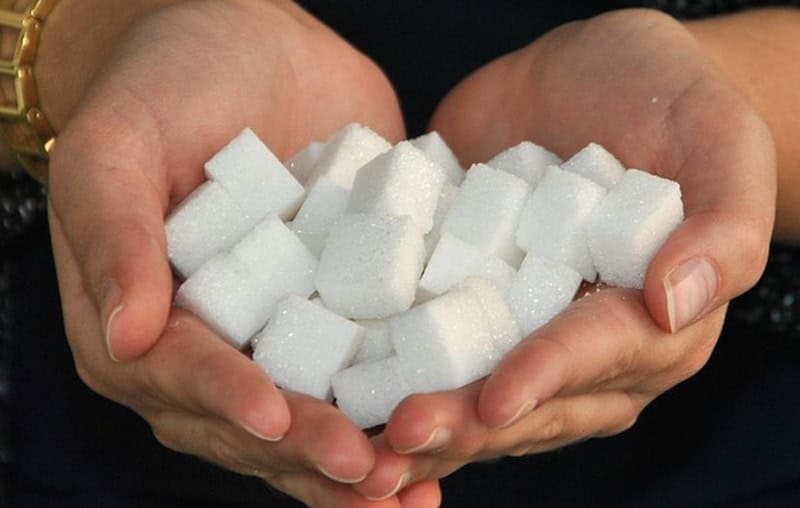A key factor in the beet sugar vs cane sugar debate is how each kind impacts cooking.
A key factor in the beet sugar vs cane sugar debate is how each kind impacts cooking.
Blog Article
Discover the Uses and Conveniences of Beet Sugar Vs Cane Sugar in Your Daily Diet Plan
Checking out the distinctive high qualities of beet and cane sugar reveals greater than just their sweetening capacities; it highlights their distinct effect on health and wellness and cooking arts. Beet sugar, recognized for its refined flavor, is commonly preferred in fragile treats, whereas cane sugar, with its hint of molasses, includes splendor to robust dishes. Each kind holds its very own nutritional profile and glycemic ramifications, inviting a much deeper understanding of their roles in a balanced diet and lasting consumption methods.
Origin and Production Procedures of Beet and Cane Sugar

The distinct environments and dirt types needed for expanding sugar beets and sugarcane add to distinctions in their cultivation techniques and geographic circulation, influencing the economics and sustainability of their manufacturing. beet sugar vs cane sugar.
Nutritional Comparison Between Beet Sugar and Cane Sugar
Despite originating from various plants, beet sugar and cane sugar are nutritionally extremely similar, both primarily containing sucrose. Each gives about 4 calories per gram, equating to roughly 16 calories per teaspoon. Structurally, both sugars are composed of approximately 99.95% sucrose, with minimal quantities of various other materials like moisture and trace minerals, which do not substantially change their dietary profiles.

Inevitably, when choosing in between beet sugar and cane sugar based upon nutritional web content alone, both offer identical benefits and downsides as they are basically kinds of the very same particle-- sucrose, giving quick energy look at here now without various other nutrients.
Effect On Health And Wellness: Glycemic Index and Caloric Content
Exploring additionally into the effects of beet sugar and cane sugar on health and wellness, it is crucial to consider their glycemic index and caloric web content. Both sugars are classified as sucrose, which is composed of sugar and fructose. This structure leads them to have a comparable effect on blood sugar degrees. The glycemic index (GI) of both beet and cane sugar is around 65, classifying them as high-GI foods, which can cause quick spikes in blood glucose levels. This is a vital facet for individuals taking care of diabetes mellitus or those attempting to maintain their energy degrees throughout the day.
Each kind of sugar consists of around 4 calories per gram, making their caloric content equivalent. For those checking calorie intake, particularly when managing weight or metabolic health and wellness problems, understanding this equivalence is important (beet sugar vs cane sugar). However, excessive intake of any type of high-calorie, high-GI food can add to health issues such as excessive weight, heart problem, and insulin resistance.
Environmental and Economic Considerations of Sugar Manufacturing
Beyond health influences, the production of beet and cane sugar also raises considerable environmental and economic worries. Sugar beet farming tends to need cooler environments and has a reduced geographical impact contrasted to sugar cane, which flourishes in tropical regions. However, both crops are extensive in regards to water use and land line of work, possibly resulting in deforestation and water deficiency. Economically, the international sugar market is very unstable, affected by modifications in international trade plans and aids. Lots of nations incentivize sugar production via financial backing, skewing market costs and influencing small-scale farmers negatively.
In addition, the usage of pesticides and fertilizers in both beet and cane sugar cultivation can lead to dirt deterioration and air pollution, additional impacting biodiversity and regional water bodies (beet sugar vs cane sugar). The option between growing sugar beet or cane commonly depends upon regional environmental conditions and financial aspects, making the sustainability of sugar manufacturing a complex page concern
Culinary Applications and Taste Differences
While the environmental and financial aspects of sugar production are certainly considerable, the choice in between beet and cane sugar also influences culinary applications and flavor profiles. Beet sugar, derived from the sugar beet plant, is understood for its extremely neutral taste.
Walking cane sugar, drawn out from sugarcane, commonly preserves molasses traces, which impart an unique richness and depth. This slight molasses flavor enhances the intricacy of baked products, sauces, and sauces. It is particularly favored in products where a sugar undertone is wanted, such as in brownies or gingerbread. The mild variant in moisture material in between beet and cane sugar can impact the structure and consistency of dishes, making cane sugar a recommended option for specific dishes that profit from its one-of-a-kind properties.

Final Thought
To conclude, both beet and cane sugar have unique origins and manufacturing processes, supplying comparable nutritional profiles with slight distinctions in sodium material and flavor. While more their effect on health and wellness, specifically relating to glycemic index and calories, is comparable, the selection in between them frequently comes down to ecological, economic elements, and certain cooking needs. Comprehending these elements can guide consumers in making educated decisions that straighten with their health and wellness goals and flavor choices.
Report this page